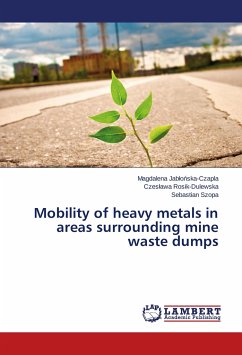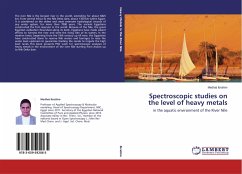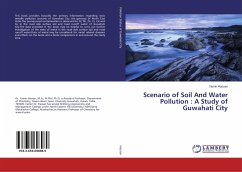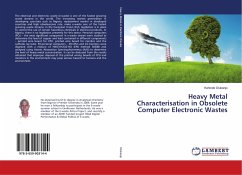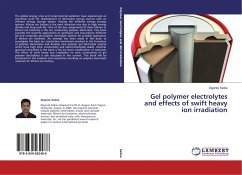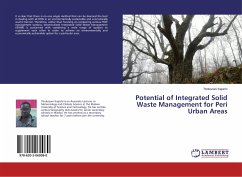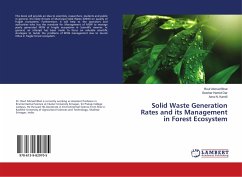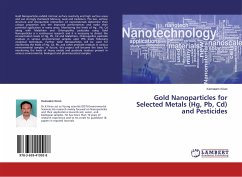The Upper Silesian Industrial Region is one of the areas in Poland that has been most changed by human activity. The areas degraded by industrial activities for many decades still make a large part of the region. For this reason, topics related to the change dynamics in the environment affected by coal mine waste dumps are still important and relevant due to the number of mine waste dumps and areas polluted by them. The long-term influence of the mine waste storage on the surrounding water-soil environment and mobility of the pollutants are still investigated by many researchers. Mine waste dumps are the effect of the anthropogenic activity in the coal exploitation areas. They constitute an inherent part of the Upper Silesia landscape. The research was carried out to identify the pollutants and determine the mobility and bioavailability of heavy metals in the areas surrounding mine waste dumps Three areas surrounding mine waste dumps (Halda Ruda, Halda 1/L, Halda 1/R) were chosen. They differed in age, reclamation extent and water-soil environment properties. location, thermal activity, watercourses in their vicinity.
Bitte wählen Sie Ihr Anliegen aus.
Rechnungen
Retourenschein anfordern
Bestellstatus
Storno

